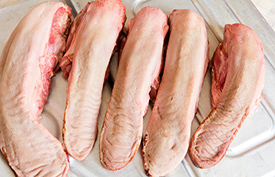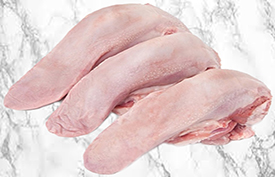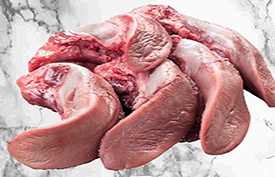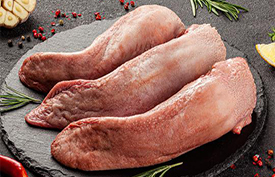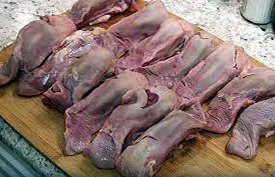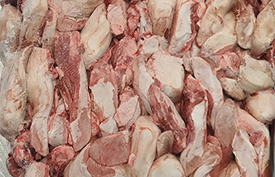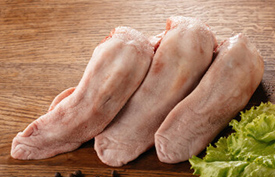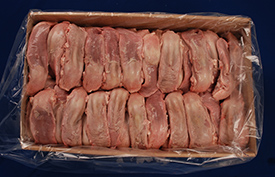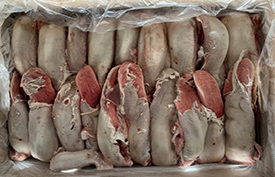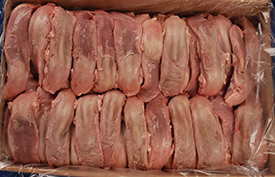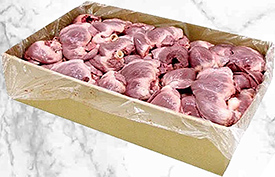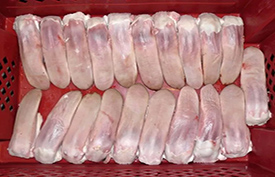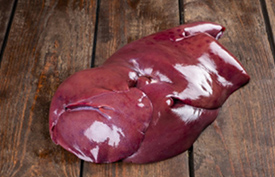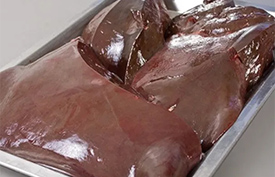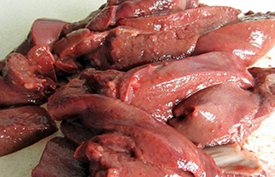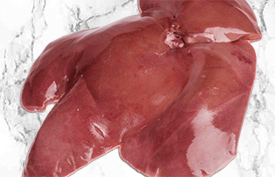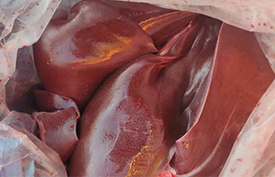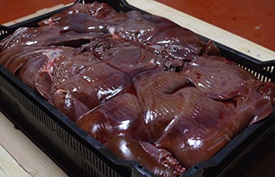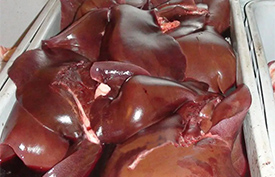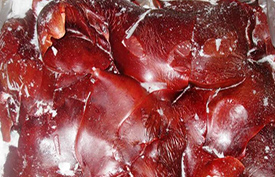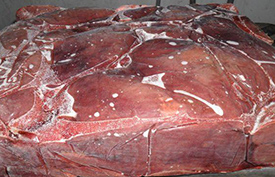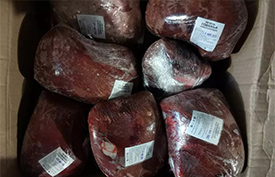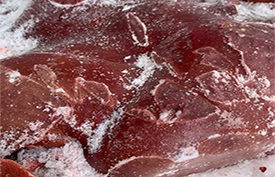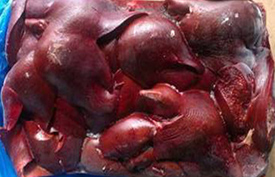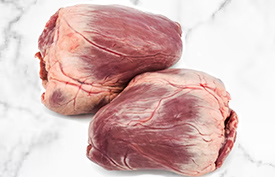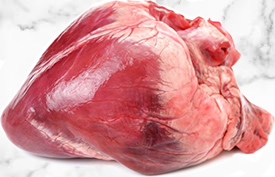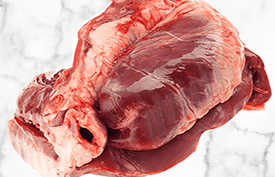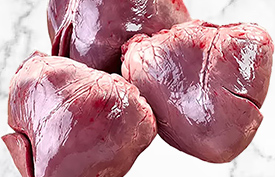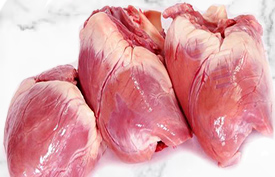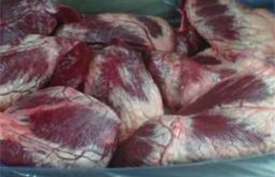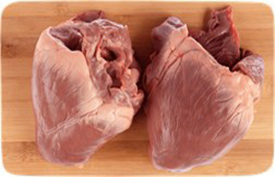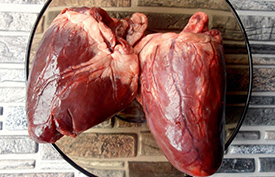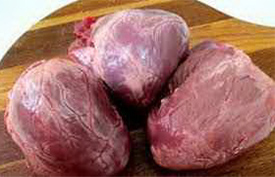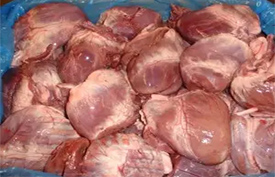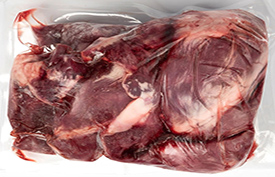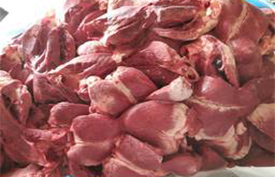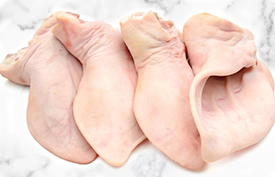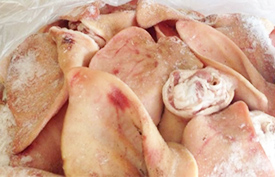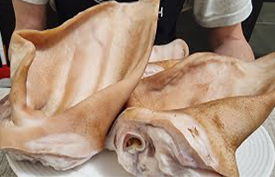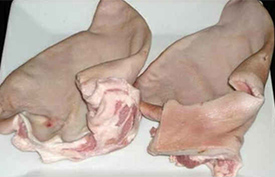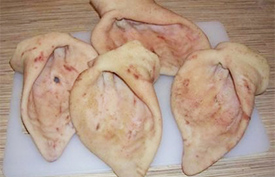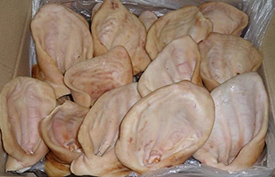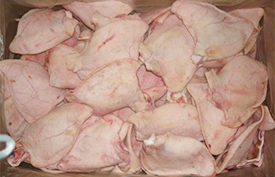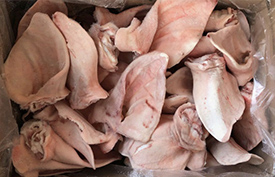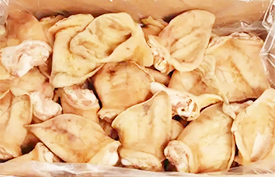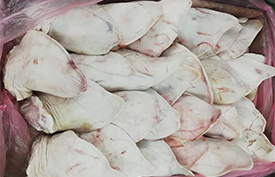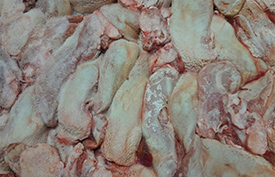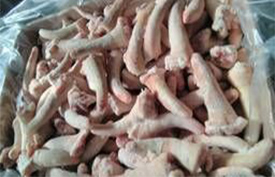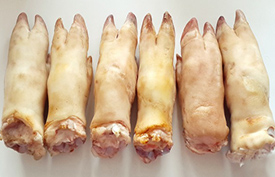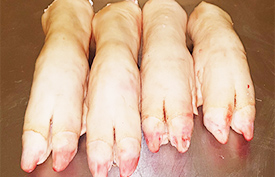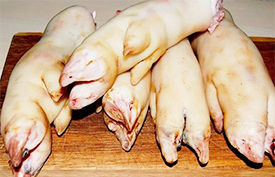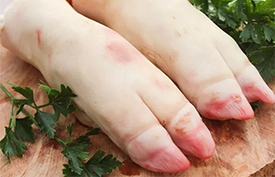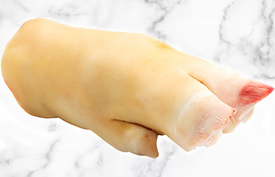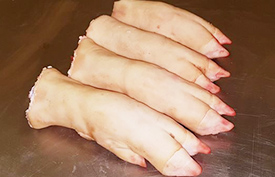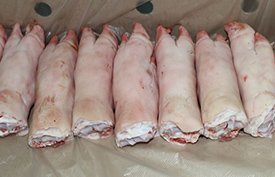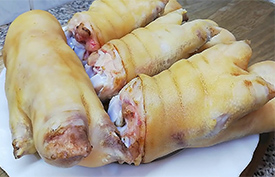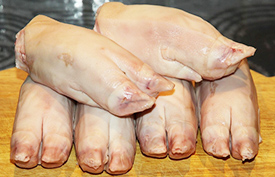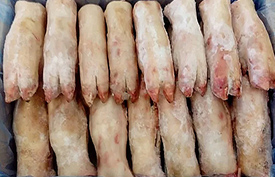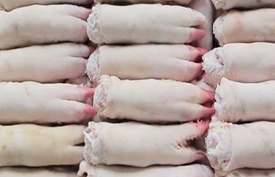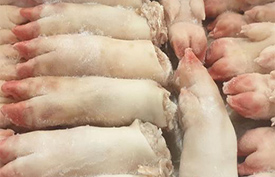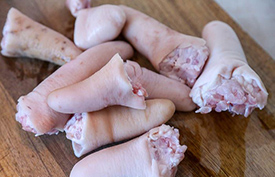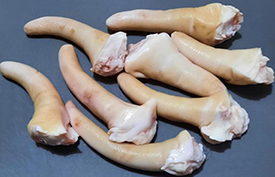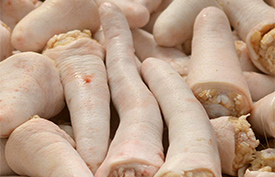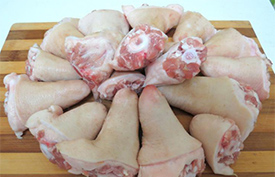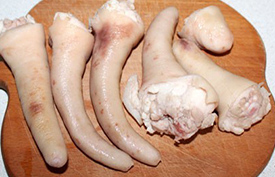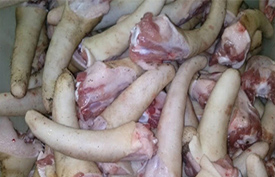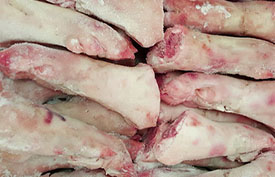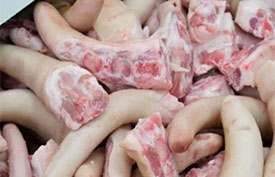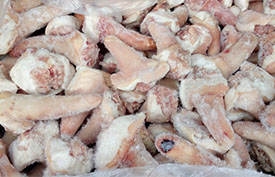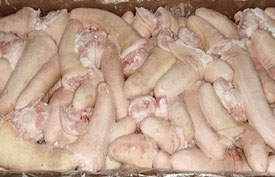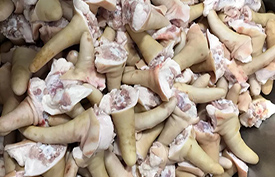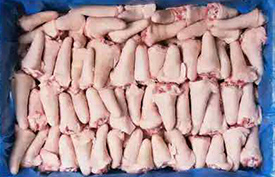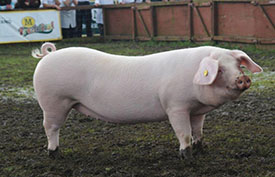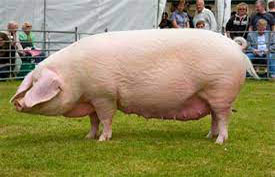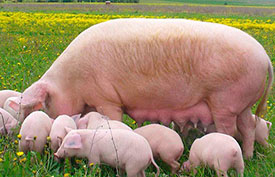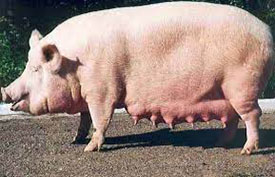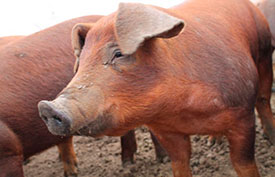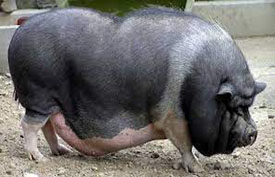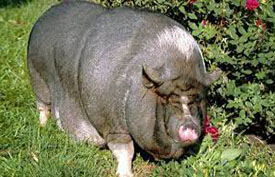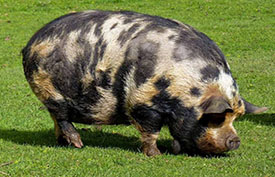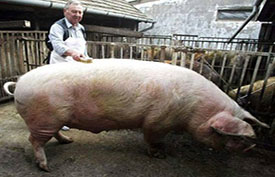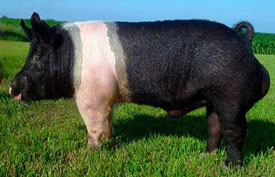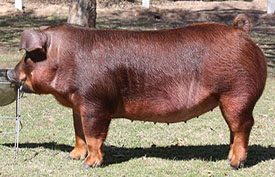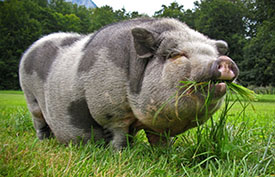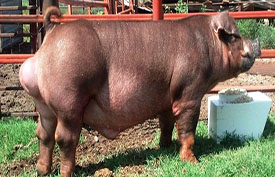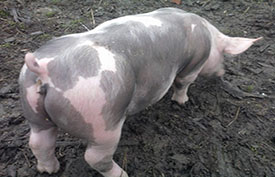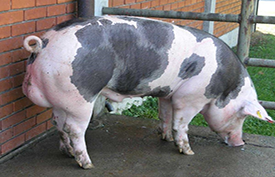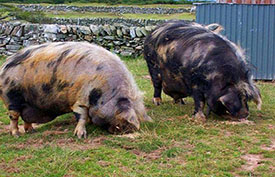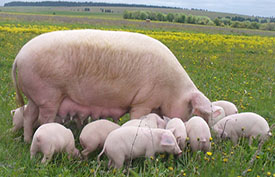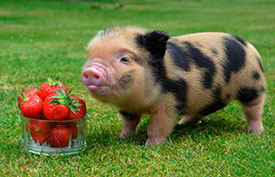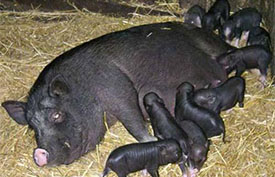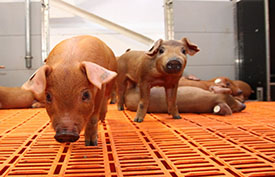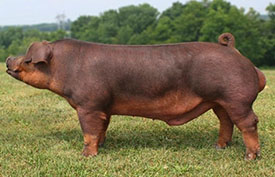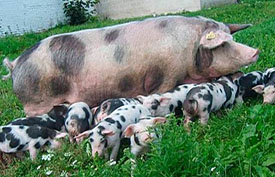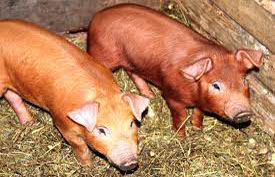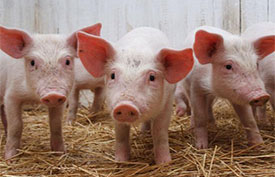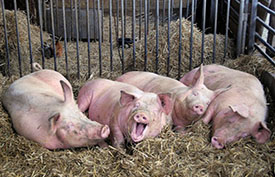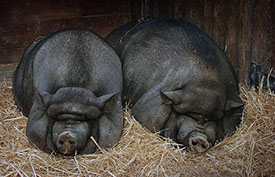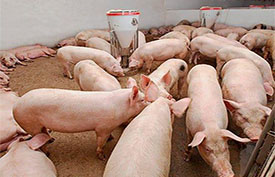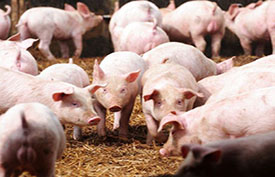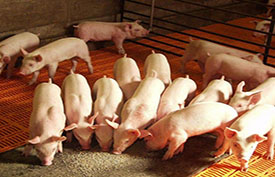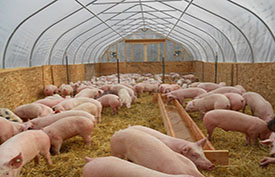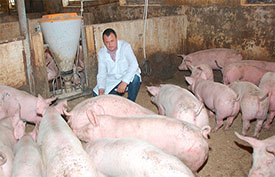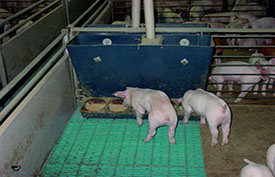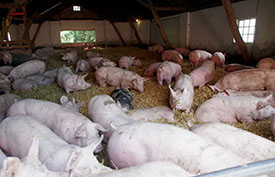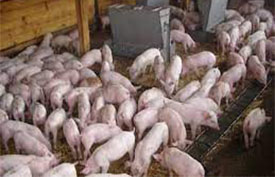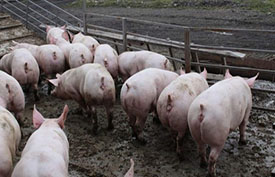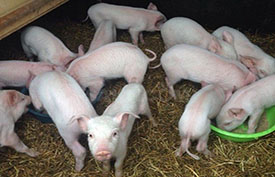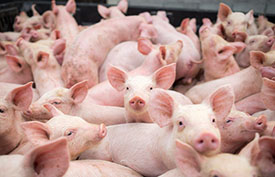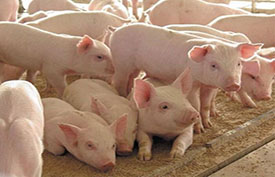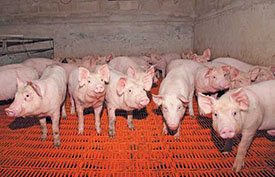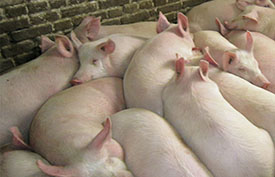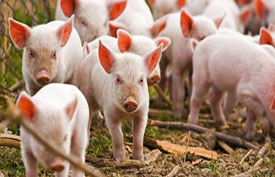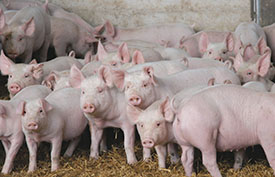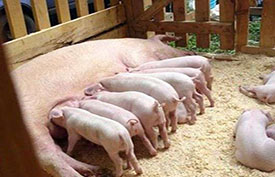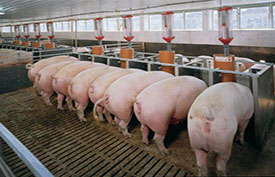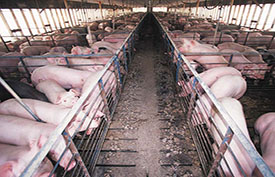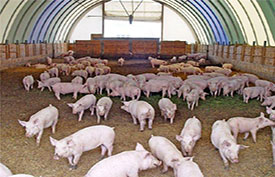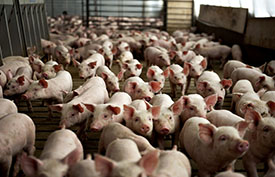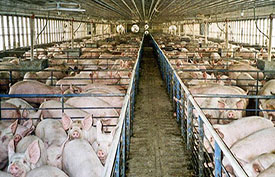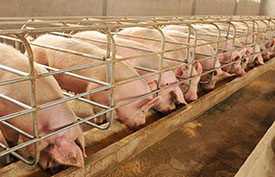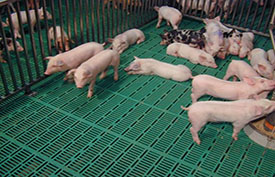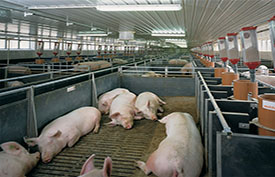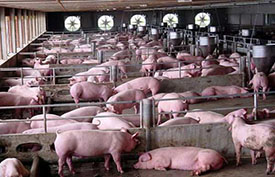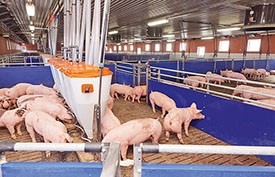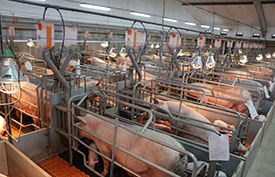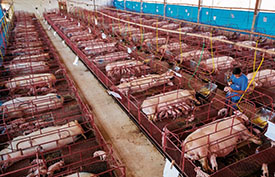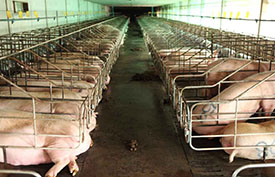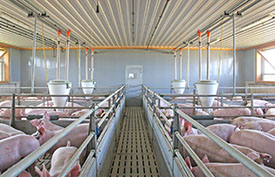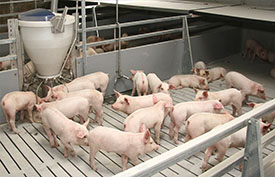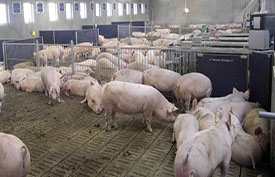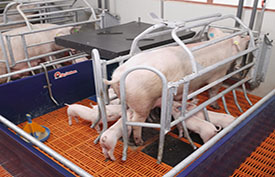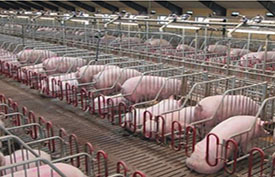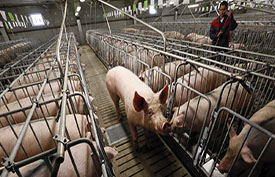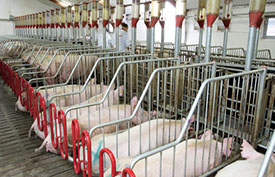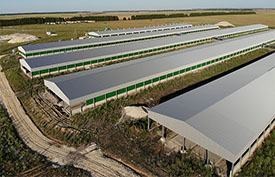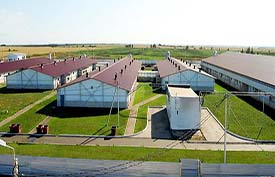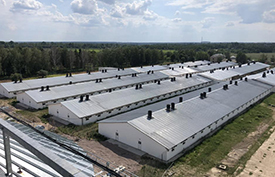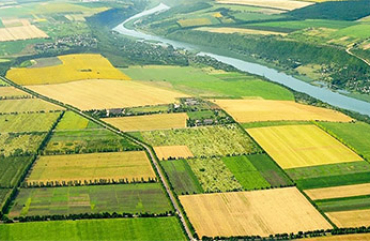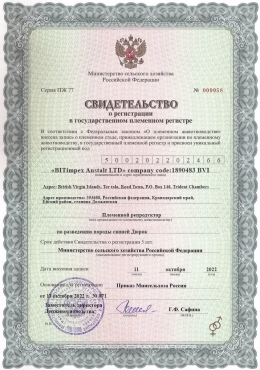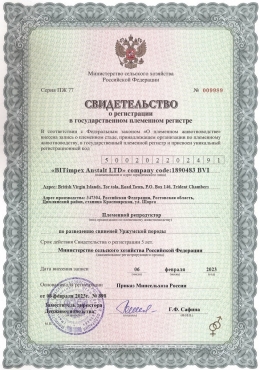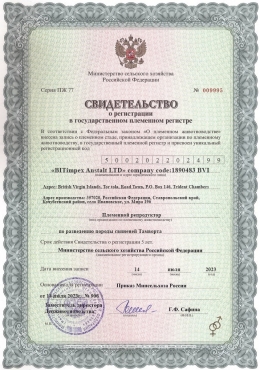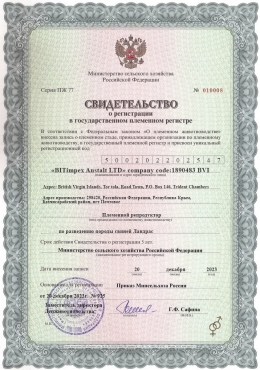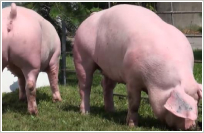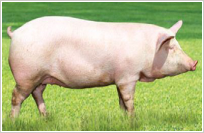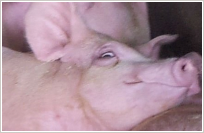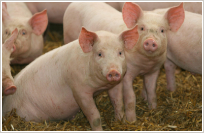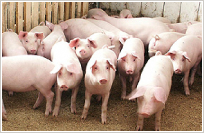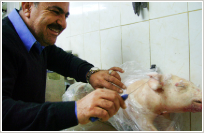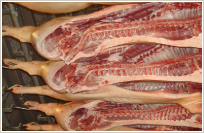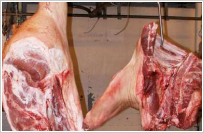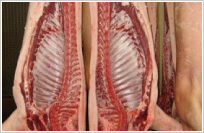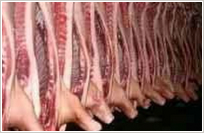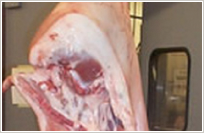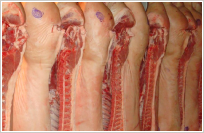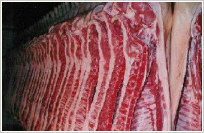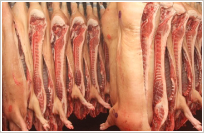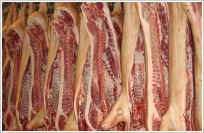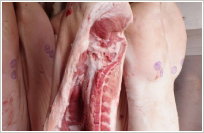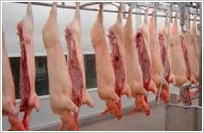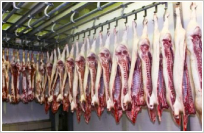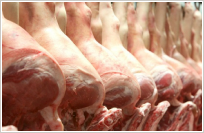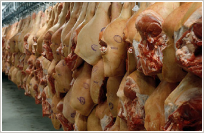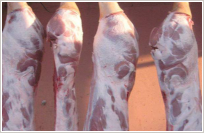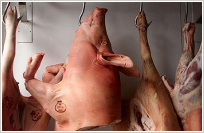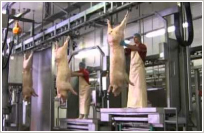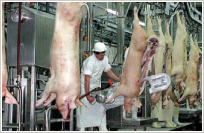Pig breed - Pork meat
- Agriculture
- Our Elevators
- Our Certificates
- Our Diplomas
- Organic certification
- European Certification
- Halal Certification
- Wheat - Wheat flour - Mills
- Buckwheat - Buckwheat flour
- Linen Seeds
- Corn – Сorn flour
- Oats – Oat flour
- Rye – Rye flour
- Barley – Barley flour
- Sunflower seed
- Chickpeas, Peas – Pea flour
- Beans
- Soybean seeds
- Pumpkin seeds
- Rape seeds
- Sugar beet pulp
- Beer pellets
- Meal for animal feed
- Production plant L-lysine, Gluten, Alcohol, DDGS, CO2
- Sugar Factory
- Oil Extraction Factory
- Rice Processing Plant
- Milk Powder Production Plant
- Meat Processing Plants
- Fruit Storages
- Bioproducts Plant
- Malt plant
- Cheese production plant
- Aquaculture feed production plant
- Cold Storage and Meat Processing Plants
- Cattle - meat beef
- Pig breed - Pork meat
- Sheep breeds - lamb meat
- Poultry meat
- Chicken egg
- Quail
- African chicken, cisar hen
- Geese meat
- Our beegarden
- Honey
- Bee products
- Gardens
- Containers, packaging and calibration
- Factory for the production of juices and tomato paste.
- Quince
- Pear
- Peaches
- Plum
- Cherry
- Apples
- Apricot
- Berries
- Grape
- Figs
- Mulberry
- Nuts
- Almond
- Watermelon cultivation technology
- Melons
- Transportation
Pig breed - Pork meat
The following breeds of pigs are present on our farms in four regions of the Russian Federation.
Large blackbreed. Due to its unpretentiousness and fattening speed, it is compared to Vietnamese pigs. The animals are black in color, but when tarred or scalded, the skin becomes white. Thin skin gathers in small folds, the head is small with protruding ears. Large black breed of pigs of the greasy type of productivity. The weight of boars is 300 kg - 400 kg, sows 250 kg - 300 kg. Multiple births of 10 - 12 heads. The animal is not picky about food and can even be kept on pasture. They are not afraid of drafts and frost.
Mangalitsa. These pigs resemble sheep in appearance due to their red, curly bristles, and are distinguished by their high precocity. For example, sows can be inseminated from six months of age. multiple births of 16 heads of small piglets bring. The weight of boars reaches up to 320, sows up to 270 kg. These are quite large specimens. The meat yield from the carcass is 60%, the layer of fat is up to 4 cm. The genotype is resistant to harsh conditions. Easily tolerates wintering in unheated rooms.
Hampshire. This is a meat breed and has a characteristic color: the body is black with a white belt along the front legs. It has good adaptive properties to the conditions of detention. The meat yield from the carcass is from 60%. Features of the breed are a large area of muscle gloss, the area of the longest muscle of the back. The weight of males reaches 310 - 320 kg, females 270 - 280 kg. Multiple births at the level of 10 - 12 piglets. They grow slowly up to seven months, a disadvantage, and then they quickly gain weight due to marbled meat. Another disadvantage of the breed is timidity, so they should be kept in less frequented, separate buildings.
Landrace. A universal breed of white color, brought to us from Canada in the 60s. Unpretentious to living conditions, suitable for bacon and meat fattening. Multiple births in modern genotypes are 14 - 16 piglets. According to selection, the number of teats in sows has been increased. The weight of boars reaches 300 - 320 kg, sows 250 - 270 kg. The average daily gain is up to 600 - 650 g. The yield of clean meat from one carcass reaches an average of 58 - 59%, that is, 2 - 5% more than that of other meat breeds. The thickness of the fat along the back is up to 3 - 3.5 cm.
Duroc. Breed for meat production. The uniqueness of the genotype is in the meat yield from the carcass. With a complete diet, it is realistic to get 75% of the meat from the carcass. This breed has well-executed hams that are used for bacon and jamon. Long body, recumbent ears, small light head. The color is red. Live weight of boars up to 400 kg, sows up to 260 kg. This breed set a world record for average daily weight gain among pigs - 1020 g per day. Early maturity is high. Young animals reach a weight of 100 kg at 5 - 6 months, with adequate feeding. Meat with good marbling, suitable for steaks and dry-curing. They are very well used for making jamon.
Large White (Yorkshire)We also have the breed for fattening. The most common breed of pigs, which is easy to buy in any pig-finishing breeder. The genotype is characterized by unpretentiousness, good adaptation to any living conditions, maintenance and feeding. The color is white, the body is elongated and long. Ears stand straight. The body length for boars is 180 - 190 cm, for sows 160 - 170 cm. Weight is 100 kg, with a full diet it is achieved in 6 months. The advantage is high fertility, from 12 to 14 sows per farrowing. Not whimsical, versatile, suitable for meat, bacon and lard fattening. Cons – suffers from frost. When kept free-range in the southern regions of Crimea, part of the Rostov region can get sunburned. The meat yield is up to 70%. Mainly lard production, but with proper feeding, bacon production is also achieved.
Urzhumskayabreed. Has exclusively white skin color. The weight of males often exceeds 300 kg, females 240 - 250 kg. In farrowing there are 11 - 12 piglets. Mass gain is rapid. The meat has a pleasant taste. The increase over 6 months is 100 - 120 kg. Meat yield is up to 65%.
There are very high requirements for keeping meat breed pigs. Keeping only in clean, spacious pigsties. Darkness and dirt are the main causes of injury and illness in pigs. Walking is highly recommended - during walks, pigs lose excess fat and receive additional vitamins from plant food that grows in the pen. Routine examinations by veterinarians and livestock specialists and vaccinations are mandatory in this case, especially since the meat is sold for sale and industrial processing. Carbohydrate food promotes weight gain, while vegetable food, on the contrary, reduces weight gain in piglets, but this cannot be avoided. You just need to properly regulate your diet. Meat animals grow very quickly; young animals can reach up to 100 - 120 kg by six months. At the same time, it is muscle mass that develops intensively, fat accumulates very slowly. At the time of slaughter, carcasses consist of 60 - 67% meat and 21 - 32% fat on average. Although every breeder should know that such indicators can only be achieved by proper feeding and care of sows, boars and pigs, as well as young animals. Otherwise, fat will accumulate in the same way as in representatives of the sebaceous direction. These things should be remembered by all breeders of various breeds of pigs.
Pietrain. This breed has a short but wide body. The color is white or mottled with a gray spot. We usually let pigs of the same color go to slaughter, and use the spotted ones for further breeding of animals. The main advantage of this species is that they are not genetically capable of accumulating fat in large quantities. The weight of males reaches 270 - 280 kg, females 230 - 240 kg. The disadvantage is small farrowing, 8 - 9 piglets. The weight gains 100 kg in 7 - 8 months, but on average 62% meat and 28% lard are obtained from an individual. This is a pretty good yield for the meat position from one head.
Tamworth. One of the oldest bacon breeds bred in England. The animal is red or reddish brown in color, with rather long bristles. The body is regular cylindrical in shape, up to 140 - 150 cm in length. The physique is powerful, the muscles are well developed. The legs are short, the head is small with an elongated nose. The ears are of medium length, the width of the forehead is wide. They themselves are little mobile. In general, the animals are very, very calm, omnivores. They tolerate cold well. They gain weight up to 100 kg in 6 - 7 months. Meat yield 60%, fat 16%. There is a bit of an imbalance here.
Berkshirebreed. A breed of pig developed in Great Britain. A good, unpretentious breed that quickly adapts to weather conditions and food. The meat yield is 75%. This is a meat breed, gaining weight up to 100 kg within 5.5 - 6 months. Boars reach 300 kg, sows 230 - 250 kg.
Pork carcasses & semi-carcasses. State Standard 31476-2012
Specification by thermal treatment of pork are divided into:
Fresh, subjected to freshing to a temperature not higher than 12C C;
Chilled, subjected to chilling to a temperature of 0 to plus 4.0 C;
Frozen, subjected to freezing at a temperature not higher than minus 8 C;
Subfrozen, and having been subjected to subfreezing temperatures in the femur to a depth of 1 cm minus3 C minus 5 C and a thicker thigh 0 - plus 2 C. During storage the temperature of the entire volume to be a Side minus 2 - minus 3 C.
Pork obtained after removal of the entire length of the cap portion at a side of the width of the carcase side of the ridge and the top portion of the blade portion, and Femoral relates to edging. Edged pork belongs to the second grade. In places separated lard allowed to touch the remains of bacon is not thicker than 0.5 cm. Pork first, second, third and fourth grades are produced in the form of longitudinal carcasses. Cutting or sawing on the longitudinal half-carcasses produced in the middle of the spinal column, vertebrae without leaving as much as in any half-carcasses without crushing them.
Pork carcasses, half-carcasses and the first, second, third and fourth grades are produced without head, legs, internal organs, internal fat. Determination of pesticide residues aflatoxin B1, antibiotics and hormones toxic elements - GOST 26927-86 for the GOST 26930-86, in accordance with the procedure established by the Ministry of Health of Ukraine.
Marking, transportation and storage
Pork marking applied in accordance with the rules approved in the prescribed manner, with the following information:
first grade (bacon) - a round stamp with a diameter of 40 mm;
the second grade (young meat) - square stamp size by more than 40 mm;
the third grade (fat) - an oval stamp with a diameter D1 - 50 mm and D2 - 40 mm;
the fourth grade (industrial processing) a triangular stamp sized hand 45h50h50 mm;
the fifth grade (meat pigs) - Round stamp diameter of 40 mm with the letter "M" 20 mm to the right stamp;
sixth category (swine) industrial processing - a triangular stamp size 45x50x50 mm side letter "X".
Pork fifth category with companies producing packaged in a plank, planed inside boxes with lids, boxes made of corrugated cardboard. Boxes shall be lined with parchment inside imitation parchment or cellophane. Under the agreement with the consumer and public veterinary supervision allowed for the implementation of local produce pork fifth category, packaged in returnable containers or bags made of polyethylene film used for food packaging.
Net weight of the packaging unit must not exceed 30 kg.
Present in carcasses and semi-carcasses as well as frozen and subfrozen:
1. First grade (bacon) pork
2. Second grade (young meat) pork
3. Third grade (fat) pork
4. Fourth grade (industrial processing) pork
5. Fifth grade pork (meat pig)
More information and product specifications can be found in the Agriculture Catalogue.
|
|
|
|
|
|
|
|
|
|
|
|
|
|
|
|
|
|
|
|
|
|
|
|
|
|
|
|
|
|
|
|
